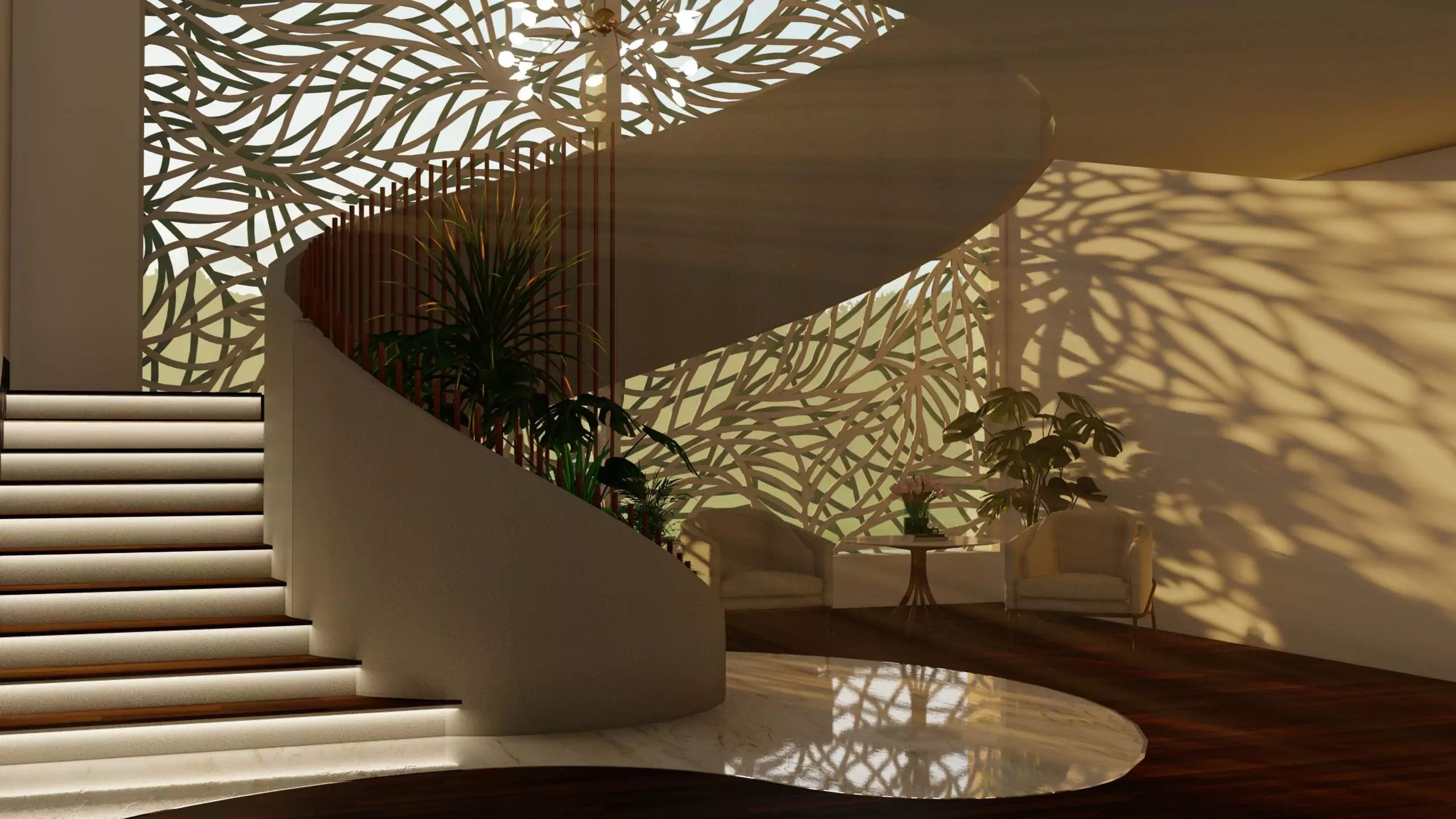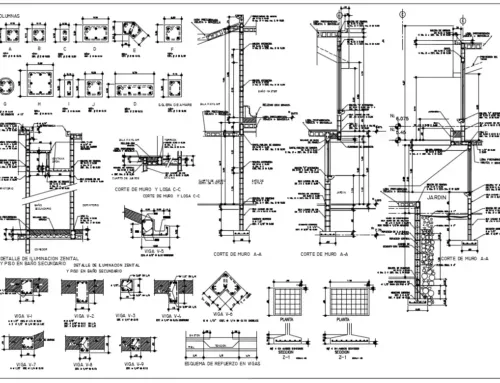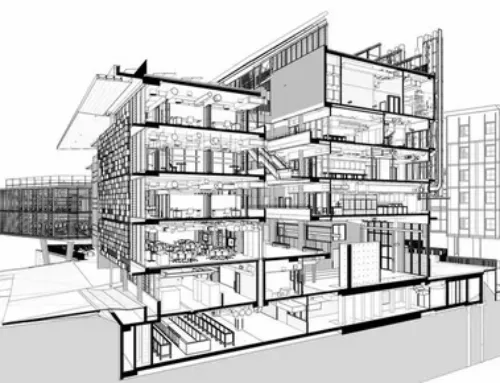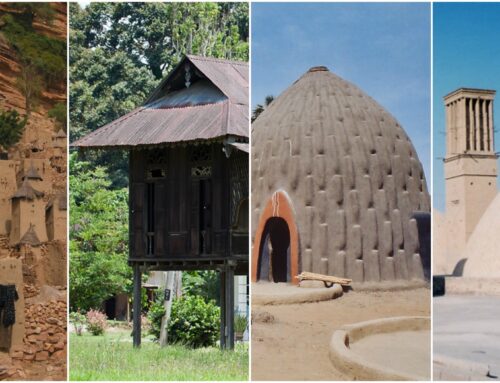Why do you Need Light and Shadow Architecture Animation?
Designers and architects have used Light and Shadow Architecture to attract audiences. A 3D model without interplay between highlights seems dull and fails to incite emotion. Light and shadow are the essence of stimulating sentiment.
The play of light can turn normal buildings into majestic ones. Mundane and seemingly ordinary designs can be turned into something much more with the help of shadows and lights. A trained 3D model designer can create an illuminating model by instilling depth. Architectural 3D Rendering Company can create realistic models by using 3D rendering software such as:
PROPER LIGHT AND SHADOW ARCHITECTURE ANIMATION ELEVATES A MODEL’S AESTHETIC APPEAL. LEARN HOW THE BLEND OF LIGHTS AND SHADOWS CAN CREATE AN ALLURING MODEL.
Process of Architectural Animation
Role of Light in Architecture
Light and shadow architecture are opposite sides of the same coin. The work of light in a model is no less than a work of art. A professional who knows how to play with lighting can create stunning scenery. Light can be used to highlight any focal point in the design. It can alter the perception of the viewer. It mainly functions as an illuminator and uplifts the model. High beams can increase alertness while lowlights can present a calm and serene environment.
Role of Shadow in Architecture
Shadows also play a vital role in highlighting the structure. Both light and shadow are important to create a breathtaking model. Shadows add mystery to a model. It motivates the viewers to immerse themselves in the model. Dynamic visual narratives can be created with the adequate use of shadows.
Light and Shadow Architecture
In light and shadow architecture, both have to work together to create engaging experiences. Read the following points to learn more about the importance of lights and shadows in architectural designs.
Creates Balance in Models
It is crucial to create an equilibrium between shadows and lightning. If there is too much lighting and no shadows the model will be too vibrant. It wouldn’t be pleasing to the eyes. Similarly, excessive use of shadows will lead the structure to look dull and mundane. The unique blend of light and shadow creates a perfect balance. It helps to achieve an alluring aesthetic.
Realism
Architectural Animation Services aims to make the model as realistic as possible. How do you think they can do that? Through lights and shadows! These two help to create a realistic, lifelike model of the building.
Without the right combination of shadow and light, realism in 3D models would not be possible. Different techniques are used to create impressive buildings. It also increases client satisfaction and boosts business.
Ability to View Products in Various Lights
Light and shadow architecture not only increases the aesthetic of the model but also makes it more versatile. Viewers can see the building under different conditions such as day, night, evening etc. Natural light could be added to see how it’ll look under the sun.
It increases the versatility of the model. Graphic designers also take into account the actual weather of the site. For example, if the building was to be constructed at a cloudy place, then dim bluish lights and shadows could be added to have a realistic experience.
Captivating Audience through Light and Shadow Architecture
One of the main purposes of creating a 3D model is to engage the audience. What better way to do that than light and shadow architecture? Models need to be attractive and striking to stun the audience. They need to invite long gazes so people spend a good amount of time going through your model. The right use of light and shadow can incite a personal experience between the viewer and the model. Stakeholders and other collaborators can be won through 3D models.
- Captivating audience can
- Help to sell your product
- Get more customers
- Increase your reach
- Generate revenue
- Grow your business
Showcasing Architectural Details
Do you have a unique feature in your building that makes it stand out from the rest? Displaying those features is very important as it gives you a competitive edge. Light and shadow architecture is the best way to highlight any special architectural details. Casting a high beam of light on the details can help you draw the attention of the viewer.
Use an architectural rendering service to take your 3D models to the next level!
Conclusion
The relationship between light and architecture is old. Architectural marvels such as the Pantheon and Sydney Opera House, are living examples of it. Light and shadow architecture for animation is a fairly recent technique. Animators use 3D rendering software to create a perfect and balanced aesthetic. The subtle changes that these two elements can bring can make a huge difference in a model. It not only helps to immerse your audience but also encourages creativity.





